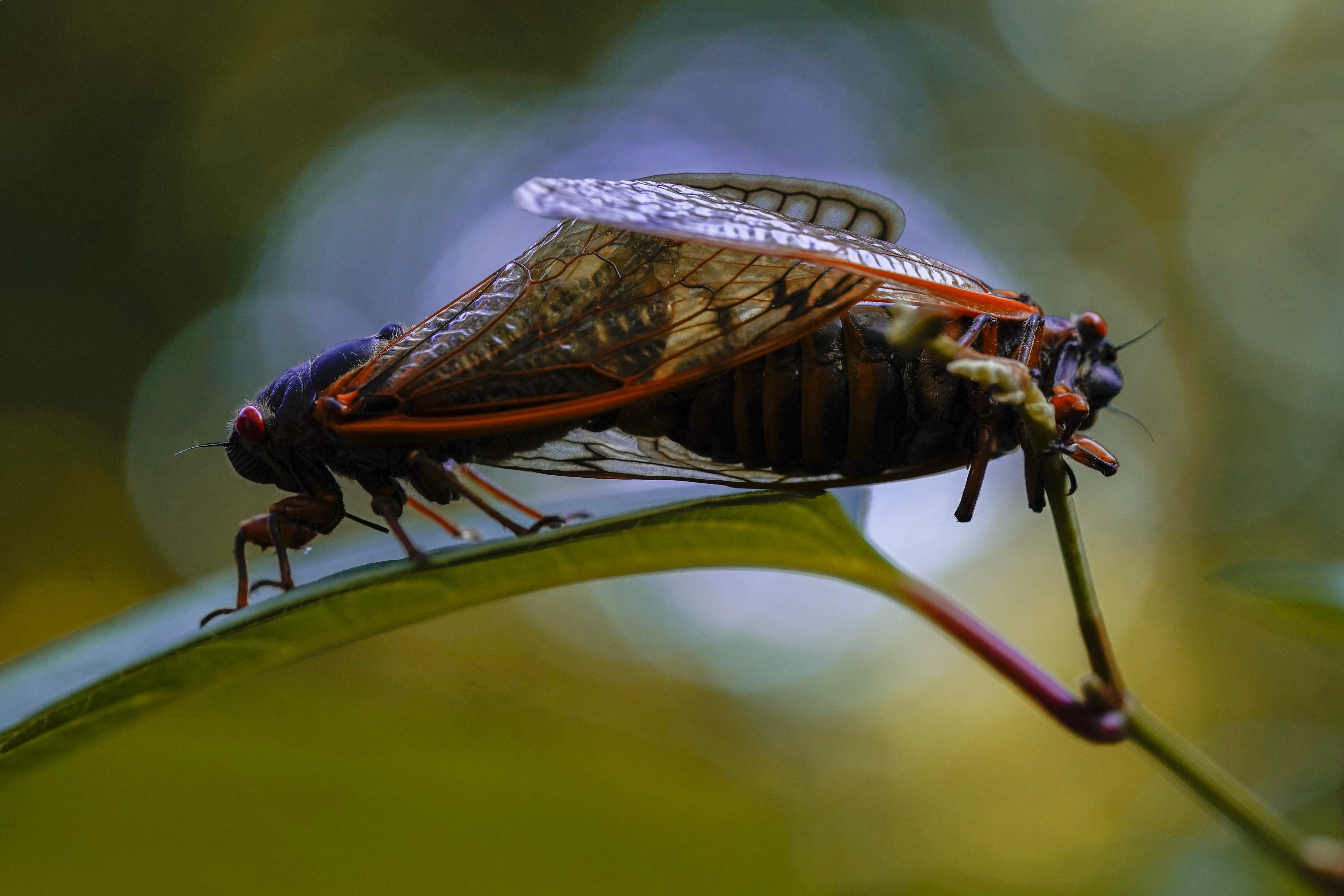Amy Affelt has lived in Oak Park for 30 years.
And this year, she's been keenly aware of the cicadas that come out near the end of summer and create a shrill, shrieking chorus that seems to never end.
"It’s just this constant sound that’s just this backdrop, and it never changes," she said. "If I go for a walk I have to yell across the street to say hello to a friend. It’s really, really loud -- and it just never stops!"
To Affelt, the cicada sounds seem louder this year, so she asked Curious City if there were more of them than usual.
According to Doug Taron, chief curator at the Peggy Notebaert Nature Museum, the answer is no. There aren't more cicadas this year. But Affelt might be noticing them more in part because of where she lives.
The streets in Oak Park are lined with big, old trees, and cicadas "really like perching in trees," said Taron. "But beyond that, it can be really hard to predict exactly which neighborhood they’re going to be in and which they’re not."

So how do cicadas create the shrieking sounds they're known for?
According to Taron, it's through a structure on their abdomen called a tymbal. "If you take a soda can and you press it in and it pops back out, it’ll make a little noise," Taron said. "Tymbals work that way. They kind of contract and then expand out again with a click."
Finally, there are a lot of different types of cicadas. "There are big ones, little ones," said Taron. "The amount of diversity in terms of what cicadas look like, what they sound like and where you find them is really quite large." There are annual cicadas, which appear each summer, and about twelve varieties of periodical cicadas, which emerge in 13- to 17-year cycles.
For Taron, the sound of cicadas is music to his ears.
For Affelt? "It’s just white noise to me at this point. But it’s always there!"
Listen to the full story by clicking the audio player at the top of this article. In the second half of this episode, you can learn about other kinds of noisy creatures that call Chicago home, including crowing roosters, oinking pigs and bleating goats.
Jason Marck is Curious City's senior audio producer. Follow him @JasonMarck


